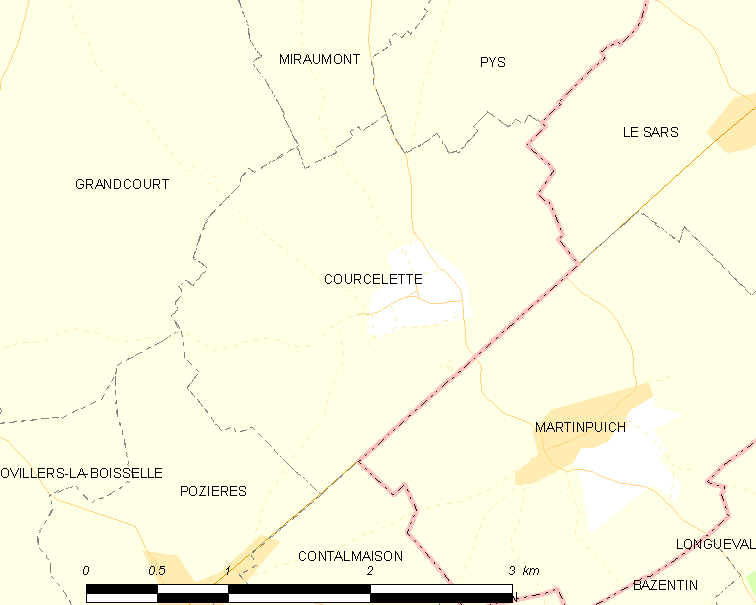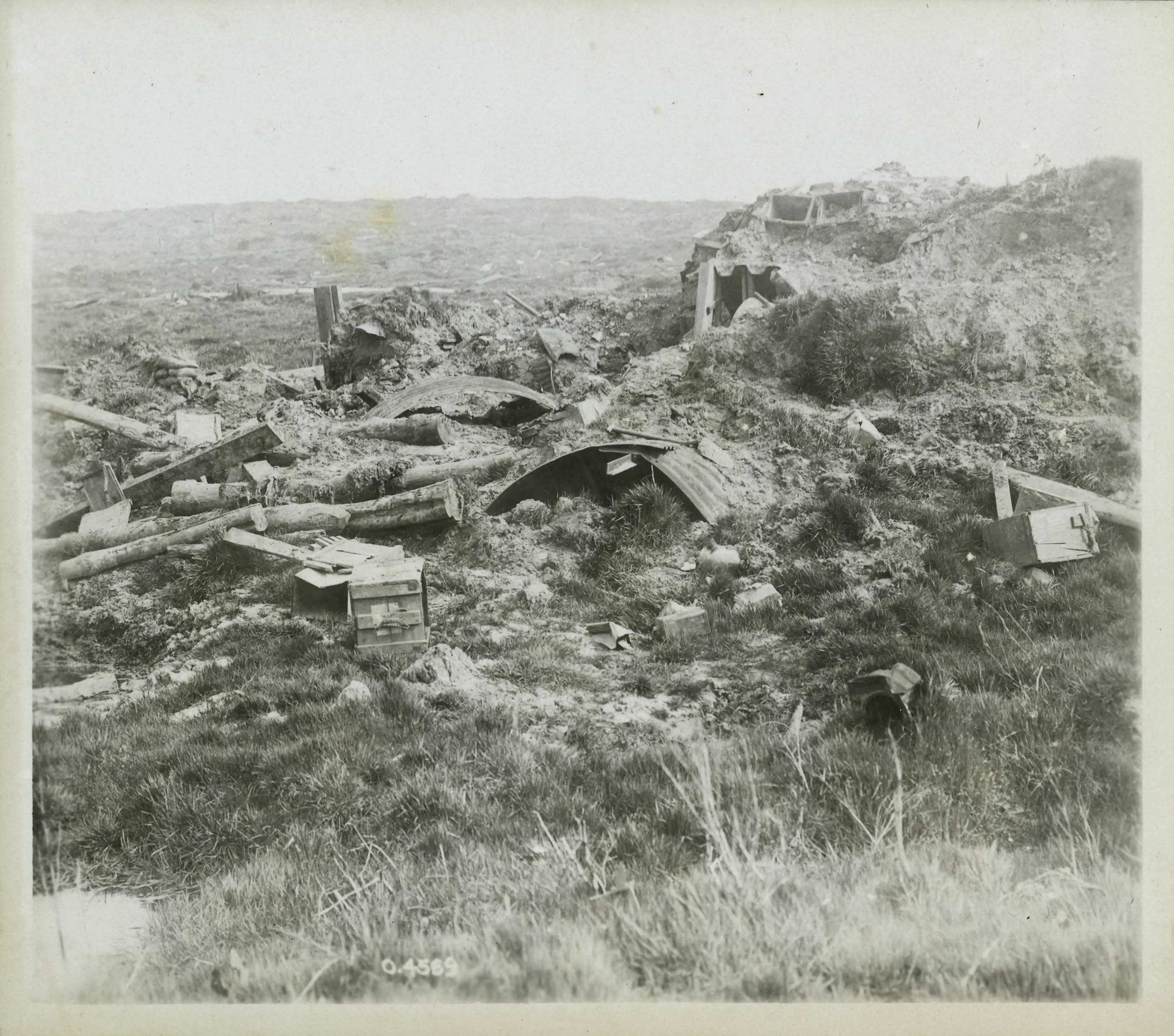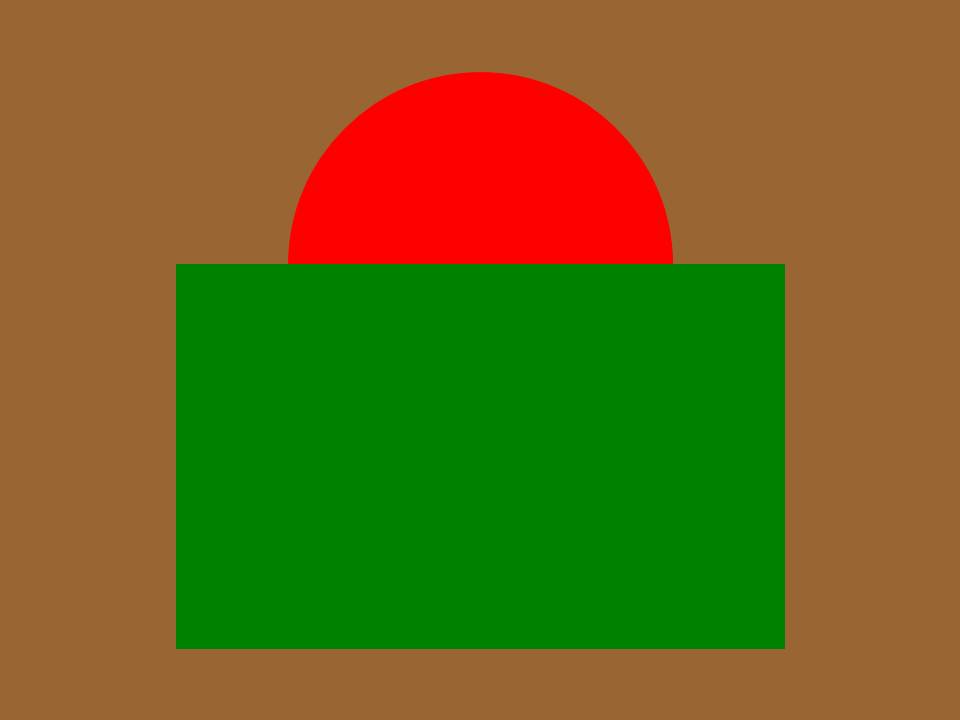|
Mississauga Horse
The Mississauga Horse was a cavalry regiment of the Non-Permanent Active Militia of the Canadian Militia (now the Canadian Army). In 1936, they were amalgamated with The Governor General's Body Guard to form The Governor General's Horse Guards. Lineage * 1 April 1901: Toronto Mounted Rifles formed from J and K Squadrons Canadian Mounted Rifles * 1 April 1903: 9th Toronto Light Horse * 1 May 1905: 9th Mississauga Horse * 15 Mar 1920: The Ontario Mounted Rifles * 1 April 1924: The Mississauga Horse * 15 December 1936: amalgamated with The Governor General's Body Guard, to form The Governor General's Horse Guards Perpetuations * 4th Regiment, Canadian Mounted Rifles * 7th Regiment, Canadian Mounted Rifles * 216th Battalion (Bantams), CEF History It was originally formed as the Toronto Mounted Rifles at Toronto, Ontario on April 1, 1901, by combining J and K Squadrons of the Canadian Mounted Rifles with three newly raised companies. In 1903 the regiment was renamed to the 9th ... [...More Info...] [...Related Items...] OR: [Wikipedia] [Google] [Baidu] |
Flag Of Canada (1921–1957)
The national flag of Canada (french: le Drapeau national du Canada), often simply referred to as the Canadian flag or, unofficially, as the Maple Leaf or ' (; ), consists of a red field with a white square at its centre in the ratio of , in which is featured a stylized, red, 11-pointed maple leaf Charge (heraldry), charged in the centre. It is the first flag to have been adopted by both houses of Parliament of Canada, Parliament and officially proclamation, proclaimed by the Monarchy of Canada, Canadian monarch as the country's official national flag. The flag has become the predominant and most recognizable national symbol of Canada. In 1964, Prime Minister Lester B. Pearson formed a committee to resolve the ongoing issue of the lack of an official Canadian flag, sparking a serious Great Canadian flag debate, debate about a flag change to replace the Union Flag. Out of three choices, the maple leaf design by George Stanley, based on the flag of the Royal Military College of ... [...More Info...] [...Related Items...] OR: [Wikipedia] [Google] [Baidu] |
Toronto
Toronto ( ; or ) is the capital city of the Canadian province of Ontario. With a recorded population of 2,794,356 in 2021, it is the most populous city in Canada and the fourth most populous city in North America. The city is the anchor of the Golden Horseshoe, an urban agglomeration of 9,765,188 people (as of 2021) surrounding the western end of Lake Ontario, while the Greater Toronto Area proper had a 2021 population of 6,712,341. Toronto is an international centre of business, finance, arts, sports and culture, and is recognized as one of the most multicultural and cosmopolitan cities in the world. Indigenous peoples have travelled through and inhabited the Toronto area, located on a broad sloping plateau interspersed with rivers, deep ravines, and urban forest, for more than 10,000 years. After the broadly disputed Toronto Purchase, when the Mississauga surrendered the area to the British Crown, the British established the town of York in 1793 and later designat ... [...More Info...] [...Related Items...] OR: [Wikipedia] [Google] [Baidu] |
Vimy, 1917
The Battle of Vimy Ridge was part of the Battle of Arras, in the Pas-de-Calais department of France, during the First World War. The main combatants were the four divisions of the Canadian Corps in the First Army, against three divisions of the German 6th Army. The battle took place from 9 to 12 April 1917 at the beginning of the Battle of Arras, the first attack of the Nivelle Offensive, which was intended to attract German reserves from the French, before the French attempt at a decisive offensive on the Aisne and the Chemin des Dames ridge further south, several days later. The Canadian Corps were to capture the German-held high ground of Vimy Ridge, an escarpment on the northern flank of the Arras front. This would protect the First Army and the Third Army farther south from German enfilade fire. Supported by a creeping barrage, the Canadian Corps captured most of the ridge during the first day. The village of Thélus fell during the second day, as did the crest of the ... [...More Info...] [...Related Items...] OR: [Wikipedia] [Google] [Baidu] |
Arras 1918 (Battle Honour)
Arras 1918 was a battle honour awarded to units of the British and Imperial Armies that took part in one or more of the following engagements in World War I: * First Battle of Arras (28 March 1918) *Second Battle of Arras The Battle of Arras (also known as the Second Battle of Arras) was a British Empire, British offensive on the Western Front (World War I), Western Front during the First World War. From 9 April to 16 May 1917, British troops attacked German Empi ... (26 August – 3 September 1918) References {{Reflist, refs= T.F. MillFrance and Flanders(archive of Regiments.org page) Battle honours of the British Army Battle honours of the King's Royal Rifle Corps ... [...More Info...] [...Related Items...] OR: [Wikipedia] [Google] [Baidu] |
Arras, 1917
The Battle of Arras (also known as the Second Battle of Arras) was a British offensive on the Western Front during the First World War. From 9 April to 16 May 1917, British troops attacked German defences near the French city of Arras on the Western Front. The British achieved the longest advance since trench warfare had begun, surpassing the record set by the French Sixth Army on 1 July 1916. The British advance slowed in the next few days and the German defence recovered. The battle became a costly stalemate for both sides and by the end of the battle, the British Third Army and the First Army had suffered about 160,000 casualties and the German 6th Army about 125,000. For much of the war, the opposing armies on the Western Front were at stalemate, with a continuous line of trenches from the Belgian coast to the Swiss border. The Allied objective from early 1915 was to break through the German defences into the open ground beyond and engage the numerically inferior Germa ... [...More Info...] [...Related Items...] OR: [Wikipedia] [Google] [Baidu] |
Battle Of The Ancre Heights
The Battle of the Ancre Heights (1 October – 11 November 1916), is the name given to the continuation of British attacks after the Battle of Thiepval Ridge from during the Battle of the Somme. The battle was conducted by the Reserve Army (renamed Fifth Army on 29 October) from Courcelette near the Albert–Bapaume road, west to Thiepval on Bazentin Ridge. British possession of the heights would deprive the German 1st Army of observation towards Albert to the south-west and give the British observation north over the Ancre valley to the German positions around Beaumont-Hamel, Serre and Beaucourt. The Reserve Army conducted large attacks on and from Many smaller attacks were made in the intervening periods, amid interruptions caused by frequent heavy rain, which turned the ground and roads into rivers of mud and grounded aircraft. German forces in footholds on the ridge, at the east end of ( Regina Trench) and in the remaining parts of (Schwaben Redoubt) to the north and ... [...More Info...] [...Related Items...] OR: [Wikipedia] [Google] [Baidu] |
Battle Of Flers-Courcelette
A battle is an occurrence of combat in warfare between opposing military units of any number or size. A war usually consists of multiple battles. In general, a battle is a military engagement that is well defined in duration, area, and force commitment. An engagement with only limited commitment between the forces and without decisive results is sometimes called a skirmish. The word "battle" can also be used infrequently to refer to an entire operational campaign, although this usage greatly diverges from its conventional or customary meaning. Generally, the word "battle" is used for such campaigns if referring to a protracted combat encounter in which either one or both of the combatants had the same methods, resources, and strategic objectives throughout the encounter. Some prominent examples of this would be the Battle of the Atlantic, Battle of Britain, and Battle of Stalingrad, all in World War II. Wars and military campaigns are guided by military strategy, whereas bat ... [...More Info...] [...Related Items...] OR: [Wikipedia] [Google] [Baidu] |
Battle Of The Somme
The Battle of the Somme ( French: Bataille de la Somme), also known as the Somme offensive, was a battle of the First World War fought by the armies of the British Empire and French Third Republic against the German Empire. It took place between 1 July and 18 November 1916 on both sides of the upper reaches of the Somme, a river in France. The battle was intended to hasten a victory for the Allies. More than three million men fought in the battle of whom one million were wounded or killed, making it one of the deadliest battles in human history. The French and British had committed themselves to an offensive on the Somme during the Chantilly Conference in December 1915. The Allies agreed upon a strategy of combined offensives against the Central Powers in 1916 by the French, Russian, British and Italian armies, with the Somme offensive as the Franco-British contribution. Initial plans called for the French army to undertake the main part of the Somme offensive, supported on ... [...More Info...] [...Related Items...] OR: [Wikipedia] [Google] [Baidu] |
Mount Sorrel
The Battle of Mont Sorrel (''Battle of Mount Sorrel'', ''Battle of Hill 62'') was a local operation in World War I by three divisions of the British Second Army and three divisions of the German 4th Army in the Ypres Salient, near Ypres, Belgium, from 2 to 13 June 1916. To divert British resources from the build-up being observed on the Somme, the XIII (Royal Württemberg) Corps and the 117th Infantry Division attacked an arc of high ground defended by the Canadian Corps. The German forces captured the heights at Mount Sorrel and Tor Top, before entrenching on the far slope of the ridge. Following a number of attacks and counterattacks, two divisions of the Canadian Corps, supported by the 20th Light Division and Second Army siege and howitzer battery groups, recaptured the majority of their former positions. Background Located in the Ypres Salient, east of Ypres, Belgium and from Hill 60, the Battle of Mount Sorrel took place along a ridge between Hooge and Zwarteleen ... [...More Info...] [...Related Items...] OR: [Wikipedia] [Google] [Baidu] |
32 Canadian Brigade Group
32 Canadian Brigade Group (32CBG) of the Canadian Army is part of the 4th Canadian Division. It is centred on the Greater Toronto Area, as well as Niagara Region and Brantford. It is headquartered at LCol George Taylor Denison III Armoury in Toronto, Ontario. Brigade Command Colonel Daniel Stepaniuk, CD, is the Commander of 32 CBG whilst Chief Warrant Officer David Turnbull, CD, is the Brigade Sergeant-Major. Brigade Headquarters has a staff of approximately 40 full-time and 20 part-time members, both military ( Regular and Reserve) and civilian. History Second World War 32nd (Reserve) Brigade Group was created, within 2 Militia District, on 1 April 1942 when the reserve force in Canada was reorganized for the war. Like today, the formation consisted of part-time soldiers who paraded and trained on evenings and weekends. The brigade group was closed down on 30 January 1946 and the headquarters itself closed on 2 April 1946. During its existence, the brigade group was headq ... [...More Info...] [...Related Items...] OR: [Wikipedia] [Google] [Baidu] |
170th (Mississauga Horse) Battalion, CEF
The 170th (Mississauga Horse) Battalion, CEF, was an infantry unit in the Canadian Expeditionary Force during the First World War. Based in Toronto, Ontario, the unit began recruiting during the winter of 1915/16 in that city. Many of the recruits came from the 9th Mississauga Horse militia regiment. After sailing to England in October 1916, the battalion was absorbed into the 169th Battalion, CEF, on December 8, 1916. Lieutenant-Colonel Le Grand Reed was the only officer commanding of the 170th (Mississauga Horse) Battalion. The battalion is perpetuated by The Royal Regiment of Canada , battle_honours = See #Battle honours , website = , identification_symbol = , identification_symbol_label = Tactical recognition flash , nickname = Royals , battles .... References {{reflist *Meek, John F. ''Over the Top! The Canadian Infantry in the First World War.'' Orangeville, Ont.: The Author, 1971. Bat ... [...More Info...] [...Related Items...] OR: [Wikipedia] [Google] [Baidu] |
75th Battalion (Mississauga), CEF
The 75th Battalion (Mississauga), CEF was an infantry battalion of the Canadian Expeditionary Force during the Great War. The 75th Battalion was authorized on 10 July 1915 and embarked for Great Britain on 29 March 1916. It disembarked in France on 12 August 1916, where it fought as part of the 11th Infantry Brigade, 4th Canadian Division in France and Flanders until the end of the war. The battalion was disbanded on 15 September 1920. History The 75th Battalion was authorized on 10 July 1915. Recruitment was undertaken in Toronto, Hamilton and London, Ontario and the unit was mobilized at Toronto. The 75th was formed by Lieutenant Colonel Samuel G. Beckett, who had been trained as a cavalry officer in the 9th Mississauga Horse. Following training in Niagara and Toronto, the 75th left for overseas on 29 March 1916 and arrived on 9 April 1916. On arrival in England they formed part of the newly created 11th Brigade of the 4th Canadian Division and saw their first action in ... [...More Info...] [...Related Items...] OR: [Wikipedia] [Google] [Baidu] |







